
15-11-2025 23:22
Mario FilippaHello,this is what I think to be Hymenoscyphus mac

14-11-2025 16:26
 Marian Jagers
Marian Jagers
Hello everyone, On dead wood of Cytisus scoparius

15-11-2025 20:25
 Riet van Oosten
Riet van Oosten
Hello, Found by Laurens van der Linde, Nov. 2025

14-11-2025 18:31
 Lothar Krieglsteiner
Lothar Krieglsteiner
Hello,can somebody provide me with a file of:Rothe

12-11-2025 09:25
 Viktorie Halasu
Viktorie Halasu
Hello, I need help with a pale terrestric Pseudom

11-11-2025 20:16
Bohan JiaHi, lastly I have found these tiny yellow decayin

09-11-2025 13:20
Hello.A tiny ascomycete, appearing as erupting gra
Habitat: Debrecen, Hungary, mixed deciduous forest
Substrate: Prunus avium (in the wood bark free surface)
The greyish blue fruit body has a diameter of 2 mm or less. The cups do not have their stick, sitting on the bottom. No strong coloring is applied to the potassium-hydroxid. (the discoloration is yellow)
Spore (6,6) 10,7 (15) x (2,3) 3,1 (5,3) tiny oil drops are have, there are spores whose shape and size differ significantly from the average
Ascus: (68,8) 82,1 (95) x (6,2) 7,7 (9) I dont see croziers
Paraphysis 80-87 x 2,8-3,8 Paraphysis heve septum, you can watch y-shaped branch, Paraffin has many small spots (oil drop? I do not know)
KI3 +, there are not hairs, the bottom line and the edge have rounded and elongated cells
This is where my science is over.
This species is Mollisia? Where do I look for the solution? What is your idea? Do you have a good key?
Thank you in advance.
The last picture shows "aliens"

Hello,
it should definitely be a species of Mollisia. If you have still living material and you see the paraphyses in water, you will notice a refractive vacuolar body filling nearly the whole length of the paraphyses.
This vacuolar body dissolves when KOH is added. You should do that and observe while the vacuolar body dissolves and whatch wether there is a yellow reaction or not. This is an important feature to key Mollisia species.
I have a private provisional key, but have not worked on it for the last at least five years, so it is not up to date. The english version is even older ....
Your species shows spores with quite a lot of oil content - in my key it would be "oil content appr. 2"
Croziers at the ascus base you can clearly see in several of your fotos!
best regards,
Andreas
My fungus in a fridge is still alive (I hope). I try to observe all that you have written. It will not be easy :-)
Thanks for the useful key and advice!
Best regards, Zsolt
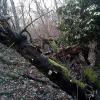

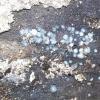
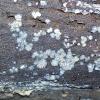
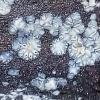
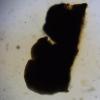

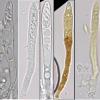
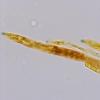
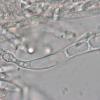
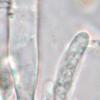
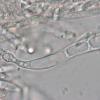
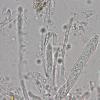
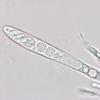
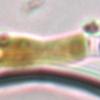
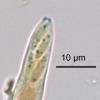
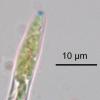
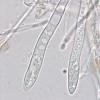
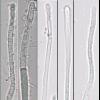
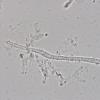
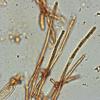
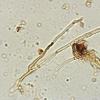
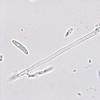
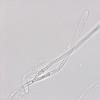
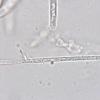
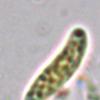
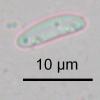
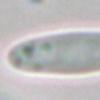
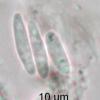

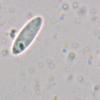
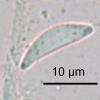
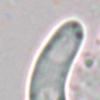

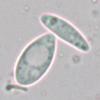
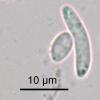
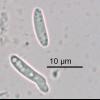
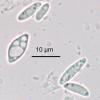
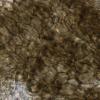
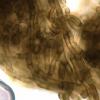

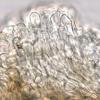
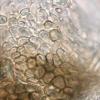
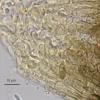
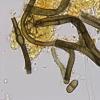
 Mollisia key (german version)
Mollisia key (german version)